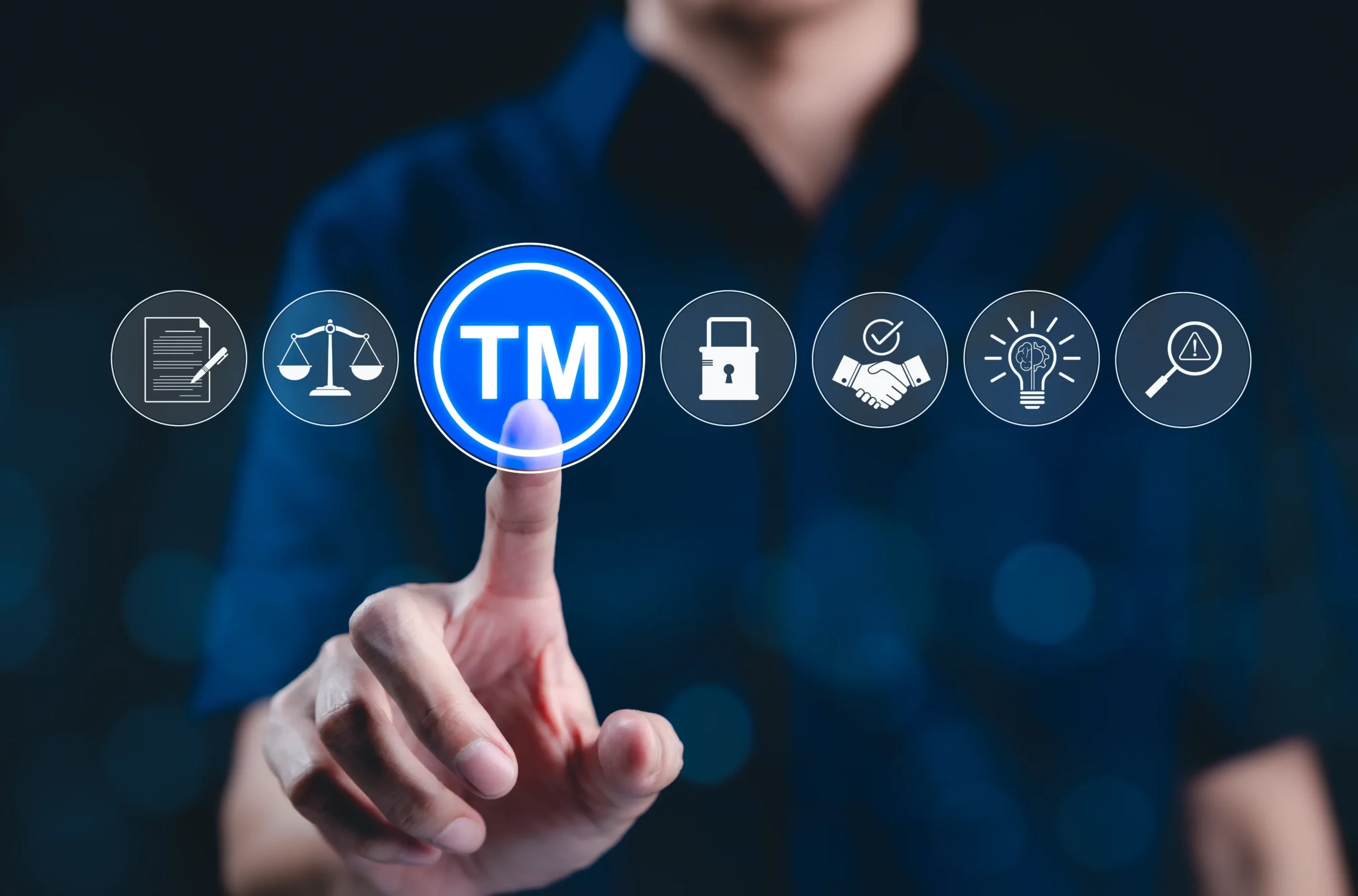
Has someone copied your logo or website design?
Have you discovered a clone site that imitates your brand in order to mislead users or steal traffic?
Are you concerned that your original design or content is being used without permission — but aren’t ready to take legal action yet?
Situations like these are becoming increasingly common in the digital world. The good news is that there are effective measures that can protect rights and remove infringing content without costly litigation.
In this article, Fidustria will tell you:
- What exactly is subject to protection as intellectual property?
- When and how to act
- What steps should you take to file a complaint with Google and other platforms?
- What nuances are important to consider before filing a complaint
Ready? Let’s begin.
What is protected by copyright?
Before taking action, it is important to understand what exactly is protected by copyright or intellectual property laws. In most countries, copyright protects original works fixed in tangible form . This means that ideas or styles are not protected — only specific, recognizable content.
Typical examples of protected content on the site:
- Uniquely designed logos
- User Interface Design and Structure (UI/UX)
- Text content: articles, product descriptions, terms of use
- Graphics and images created specifically for the site
- Audio files, jingles, background music
- Program code (if unique)
To protect your rights or request removal of content, these elements must be your original works or you must have the rights to use them.
Important: Standard templates, generic layouts, or unbranded stock images are generally not protected by copyright unless they have been substantially reworked or creatively adapted.
What is not subject to protection?
- Ideas, concepts, functional layouts
- Unregistered logos or designs without proof of authorship
- Designs created by third parties without transferring rights to you
- Public or widely used resources
Common Copyright Myths (and What Really Happens)
Myth 1: “Someone used my logo in a review – I can demand that it be removed”
Truth: Many jurisdictions allow fair use of logos in reviews, news, or comparisons. However, if the logo is used in a misleading or commercial manner, this may be grounds for a complaint, such as brand imitation.
Myth 2: «If my site is copied, Google will immediately remove the copy.»
Truth: You must file a legally sound complaint with proof of authorship. Vague claims or poorly formatted forms will likely be rejected.
When can you act?
Our team can help you file a complaint or initiate protection if the copied content:
- Essentially identical to your original
- Placed on sites that don’t mention your brand
- Used in a manner that causes confusion, damages reputation or results in financial loss
- Hosted on clone sites that redirect traffic, phishing users, or undermining your business model
